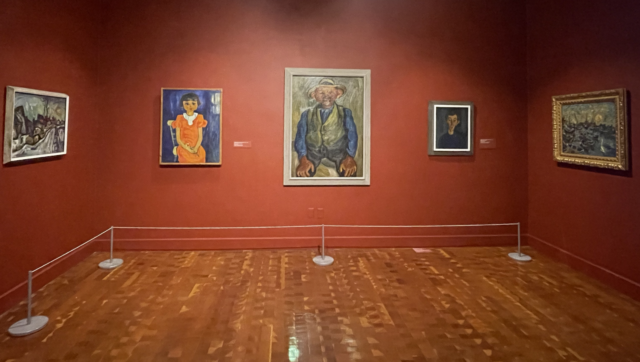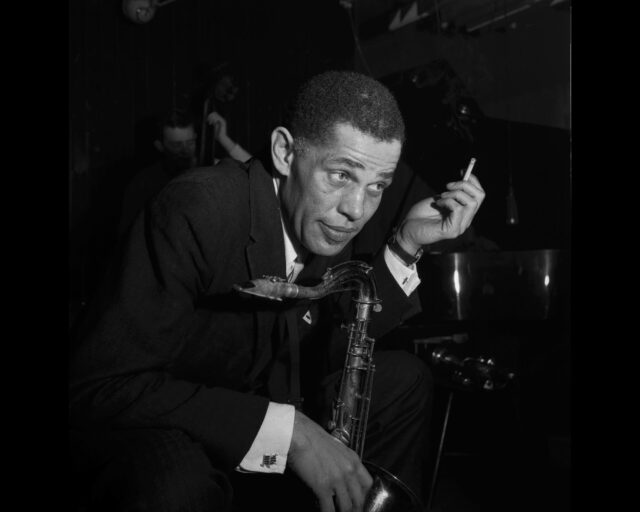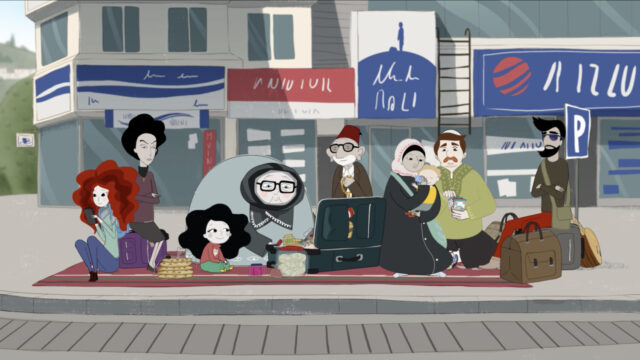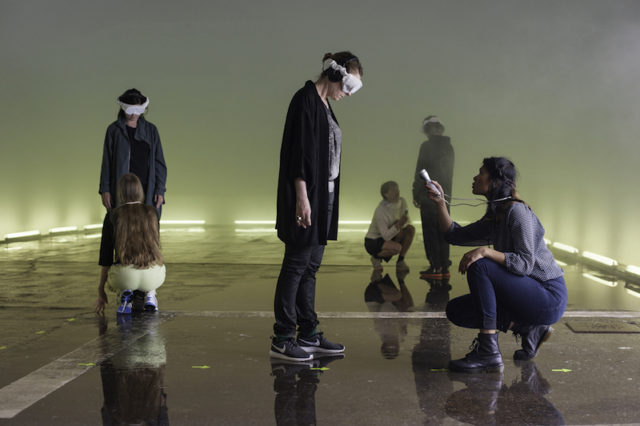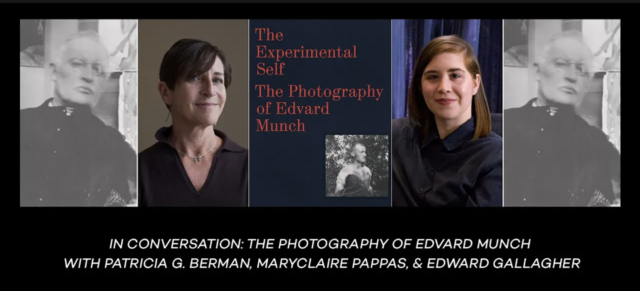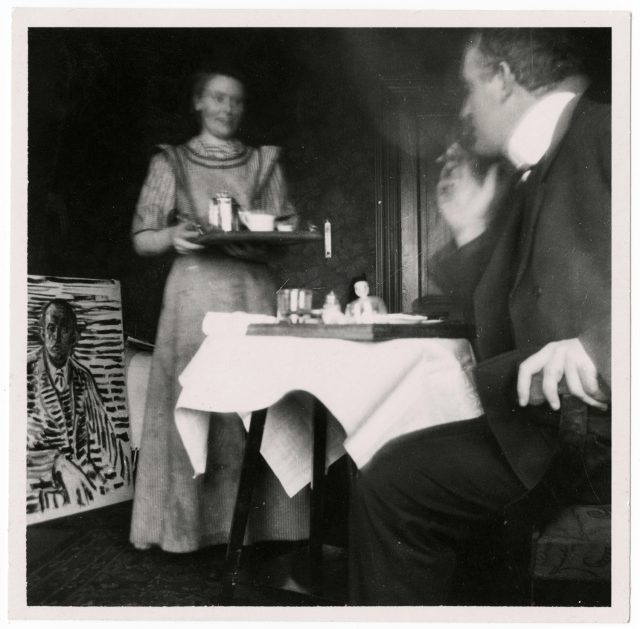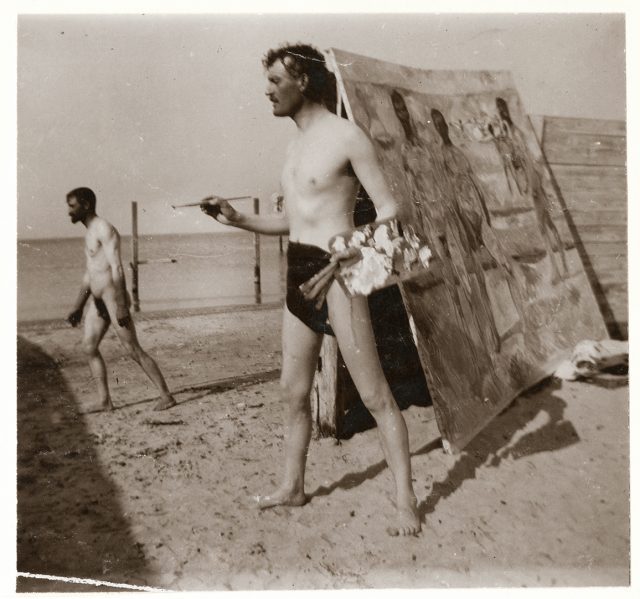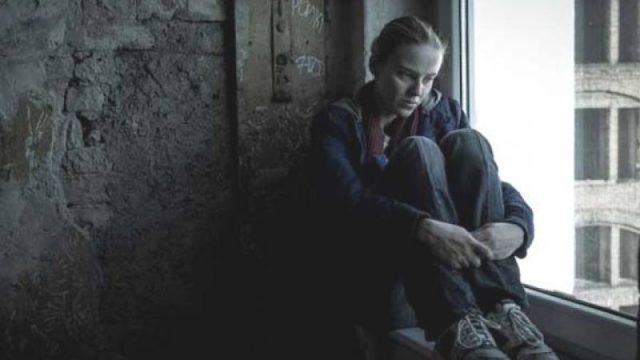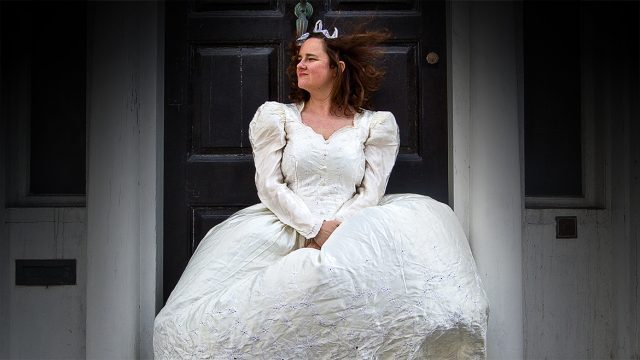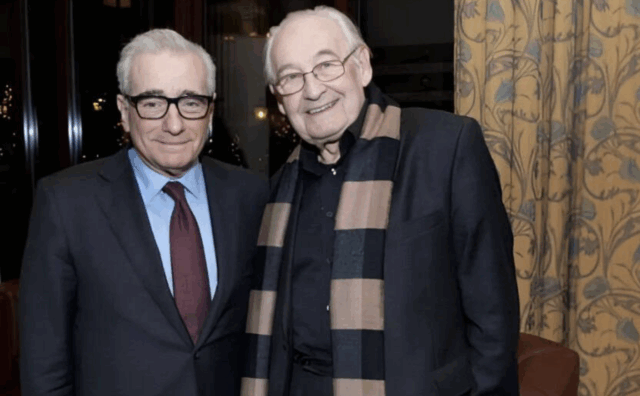
Martin Scorsese will introduce Andrzej Wajda’s Ashes and Diamonds at New York Polish Film Festival
NEW YORK POLISH FILM FESTIVAL
Scandinavia House
58 Park Ave. at 38th St.
Directors Guild Theater
110 West 57th St. between Fifth & Sixth Aves.
May 27-31, all access pass $150
nypff.com
“I accept this great honor not as a personal tribute but as a tribute to all of Polish cinema,” Polish auteur Andrzej Wajda said upon accepting his honorary lifetime achievement Oscar from Jane Fonda in 2000. “The subject of many of our films was the war, the atrocities of Nazism, and the tragedies brought by communism. This is why today I thank the American friends of Poland and my compatriots for helping my country rejoin the family of democratic nations, rejoin the Western civilizations, its institutions and security structures. My fervent hope is that the only flames people will encounter will be the great passions of the heart — love, gratitude, and solidarity.”
That passion will be on view at the twentieth edition of the New York Polish Film Festival, which celebrates the life and career of the Suwałki-born director and resistance fighter who died in 2016 at the age of ninety — not many honorary Academy Award winners go on to live another sixteen years and make eight more films. Running May 27–31 at the Directors Guild Theater and Scandinavia House — no need to check your map; Scandinavia still consists only of Denmark, Finland, Iceland, Norway, and Sweden — the festival will be screening eleven works, six by Wajda and five by contemporary filmmakers that reveal Wajda’s legacy.
NYPFF20 includes Wajda’s Ashes and Diamonds, Kanał, The Promised Land, Everything for Sale, and the Oscar-nominated Man of Iron and Katyń. The fest kicks off with 1957’s Kanał, which will be preceded by a reception and followed by a panel discussion. Polish cinema fan Martin Scorsese will introduce Ashes and Diamonds at the May 28 gala; “It announced the arrival of a master filmmaker,” has said of the war movie, which completed a trilogy begun with A Generation and Kanał. The extraordinary Katyń examines a brutal WWII massacre; the film stars Maja Ostaszewska, Artur Zmijewski, and Pawel Malaszynski, with a score by the great Krzysztof Penderecki.
Among the 2024 Polish selections are Xawery Żuławski’s Kulej: All That Glitters Isn’t Gold, about boxer Jerzy Kulej; Julie Rubio’s documentary The True Story of Tamara de Lempicka & the Art of Survival; and Magnus Von Horn’s crime drama The Girl with the Needle
Below is the full schedule.
Tuesday, May 27
Kanał (Canal) (Andrzej Wajda, 1957), preceded by a reception and followed by a panel discussion with professors Annette Insdorf and Rafal Syska, Scandinavia House, $30, 5:00
Under the Volcano (Pod wulkanem) (Damian Kocur, 2024), Scandinavia House, $25, 8:30
Wednesday, May 28
Opening night gala: Ashes and Diamonds (Popiół i diament) (Andrzej Wajda, 1958), introduced by Martin Scorsese, Directors Guild Theatre, $50, 7:15
Thursday, May 29
Everything for Sale (Wszystko na sprzedaż) (Andrzej Wajda, 1969), with special guest Małgorzata Potocka, Scandinavia House, $25, 5:30
The Promised Land (Ziemia obiecana) (Andrzej Wajda, 1975), introduced by Annette Insdorf, Scandinavia House, $25, 8:15
Friday, May 30
Forest (Las) (Lidia Duda, 2024), Scandinavia House, $25, 4:30
Katyń (Andrzej Wajda, 2007), Scandinavia House, $25, 6:15
The Girl with the Needle (Dziewczyna z igłą) (Magnus Von Horn, 2024), Scandinavia House, $25, 8:30
Saturday, May 31
Man of Iron (Człowiek z żelaza) (Andrzej Wajda, 1981), Scandinavia House, $25, 1:30
The True Story of Tamara de Lempicka & the Art of Survival (Julie Rubio, 2024), Scandinavia House, $25, 4:30
Kulej: All That Glitters Isn’t Gold (Kulej. Dwie strony medalu) (Xawery Żuławski, 2024), Scandinavia House, $25, 6:30
[Mark Rifkin is a Brooklyn-born, Manhattan-based writer and editor; you can follow him on Substack here.]
